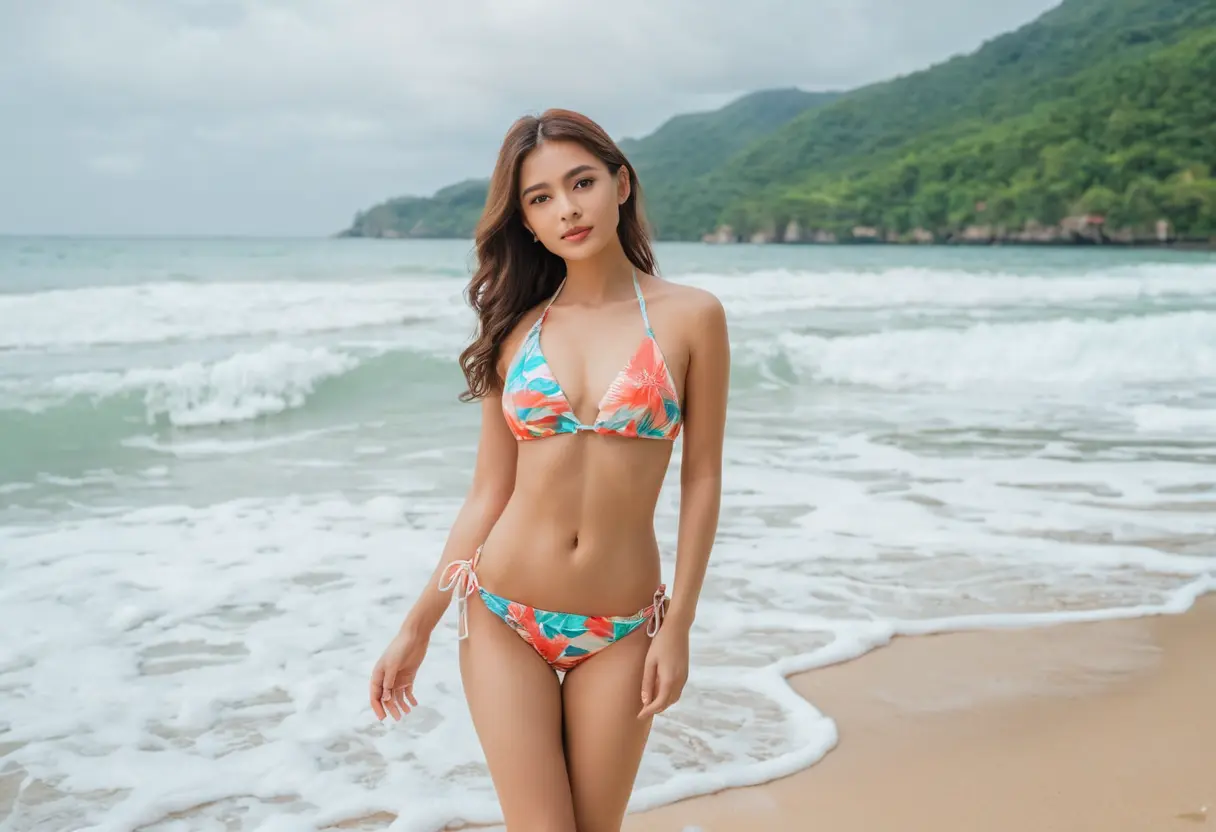In recent years, artificial intelligence (AI) has made significant strides in transforming various industries, and one of the most remarkable changes has occurred in the world of digital art and content creation. As AI tools evolve, they are opening up new possibilities for artists, designers, and content creators, making it easier to create unique and innovative works. From generative art and automated design tools to AI-powered content generation, the influence of AI is reshaping how creative projects are brought to life. This article explores how AI is revolutionizing digital art and content creation, examining its impact, benefits, and the future potential of AI-driven creativity.
Artificial intelligence is enabling a new wave of digital art by allowing machines to generate images, videos, and animations that were once the domain of human artists. Through deep learning algorithms and neural networks, AI tools can analyze vast amounts of data to create art in various styles and genres. AI-generated art can range from photorealistic images to abstract paintings, offering artists a powerful tool for exploring creative ideas and pushing the boundaries of traditional art.

One of the most popular forms of AI-driven art is generative art, where algorithms use existing data to generate completely new and unique artworks. These AI models can produce stunning visual pieces in a fraction of the time it would take a human artist. Some AI systems are even capable of mimicking the styles of famous artists like Van Gogh or Picasso, offering a fresh perspective on classical art forms. Artists are using these technologies not only to create new pieces but also to enhance their existing works and explore new creative possibilities.

AI is not only changing the world of digital art but is also revolutionizing content creation across various platforms. Content creators, marketers, and writers are increasingly turning to AI tools to assist with tasks such as writing, editing, and content optimization. AI-driven platforms like GPT (Generative Pre-trained Transformers) have become indispensable for generating high-quality text content, blog posts, social media captions, and even scriptwriting.

AI-powered writing assistants can help content creators by:
These tools have made it possible for individuals and businesses to create large volumes of content quickly and efficiently, allowing them to maintain an active online presence while maintaining quality standards.
Another area where AI is having a significant impact is in the personalization of digital art and content. With the help of AI, artists and content creators can now tailor their work to individual preferences, creating customized experiences for their audiences. This has major implications for industries such as advertising, e-commerce, and entertainment, where personalized content can lead to higher user engagement and improved customer satisfaction.
AI algorithms can analyze user data, including past behaviors, preferences, and interactions, to deliver highly targeted content. This allows businesses to provide more relevant and engaging experiences for their customers, whether through personalized art, product recommendations, or dynamic content delivery.
AI is also streamlining the design process for digital artists and graphic designers. Tools like Adobe Sensei and Canva’s AI-driven features allow designers to automate repetitive tasks, such as image editing, color correction, and layout adjustments. By using AI for these tasks, designers can focus more on the creative aspects of their work, improving productivity while maintaining a high level of artistic quality.
AI-powered design tools can assist with:
These innovations in AI-assisted design are helping artists and designers save time while producing high-quality, professional-grade digital content.
As AI technology continues to evolve, the potential for its application in digital art and content creation will expand even further. In the future, we can expect to see even more sophisticated AI-driven tools that offer a greater level of creativity and customization. These advancements will not only enhance the efficiency of content creation but also open up new possibilities for artists to collaborate with AI in innovative ways.
One exciting possibility is the development of AI co-creators, where artists work alongside AI to develop hybrid works that blend human creativity with machine learning capabilities. This could lead to new art forms, such as AI-assisted music composition, interactive storytelling, and even fully immersive virtual art experiences.
Additionally, the integration of AI into the metaverse and virtual reality (VR) spaces will likely result in an explosion of digital art and content creation. AI-driven avatars and environments can provide personalized and engaging experiences for users, creating entirely new realms for creative expression.
AI technology is undeniably shaping the future of digital art and content creation, providing artists and creators with innovative tools to enhance their work, streamline processes, and explore new avenues for creativity. Whether it’s through AI-generated art, content optimization, or personalized experiences, the potential for AI in the creative industries is vast. As AI tools continue to evolve, the relationship between humans and machines will become even more collaborative, leading to exciting new possibilities for art and content creation.
Ultimately, AI is not replacing human creativity, but rather augmenting it, offering artists and creators new ways to express themselves and engage with their audiences. As we look to the future, embracing AI in the creative process will be key to staying at the forefront of digital art and content creation.
2024-11-05 23:53
2024-11-05 23:47
2024-11-05 23:29
2024-11-05 23:13
2024-11-05 23:00
2024-11-05 22:26